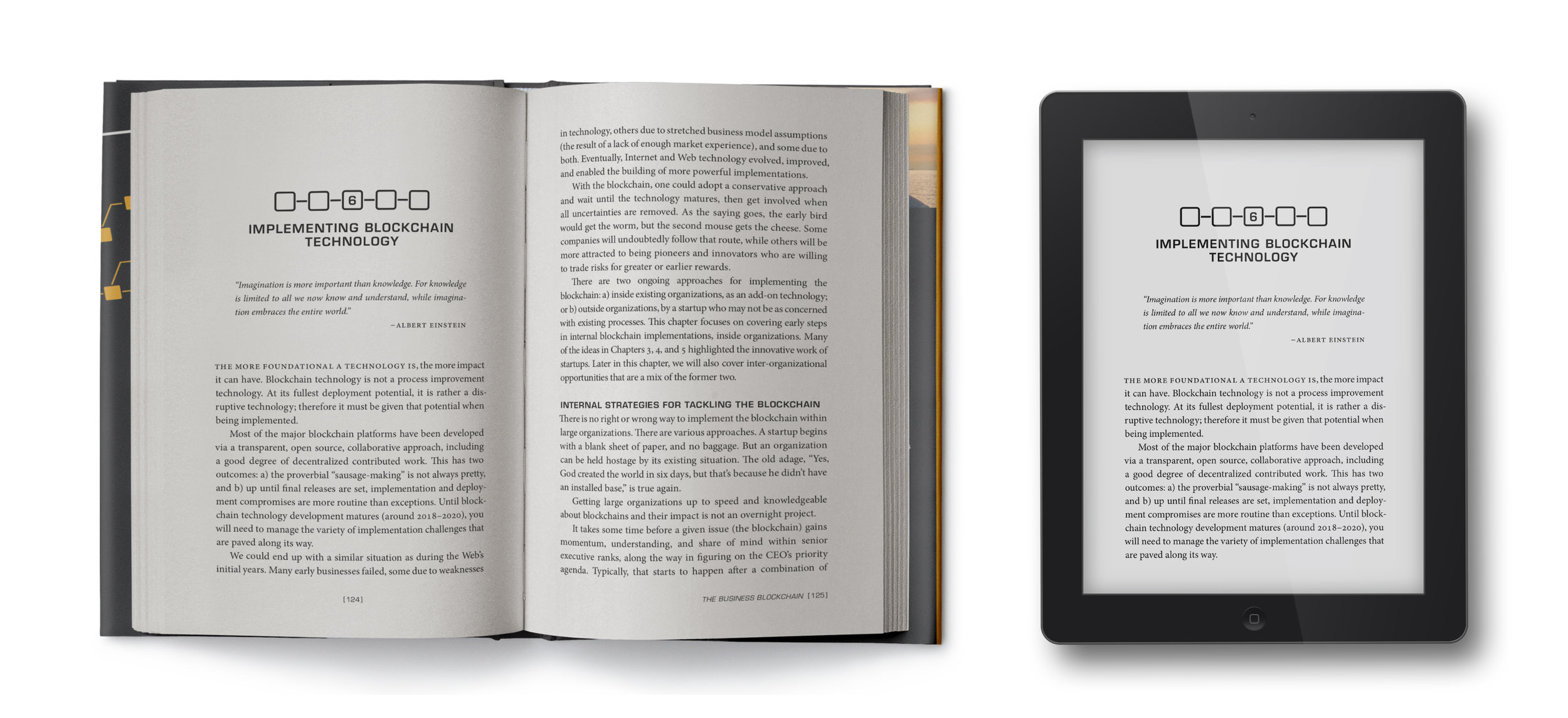We’re often asked about the value of hiring a professional book designer, which usually leads to a discussion about what a book designer actually is.
A book designer inhabits a strange world between two large industries: graphic design and publishing. Because they are required to communicate with and anticipate the needs of both, book designers are regularly confused for inhabiting one or the other exclusively. At The Frontispiece, we often get mistaken for a publishing house or a graphic design studio, when we’re actually neither and somewhat both. There isn’t a great one-word embodiment of what it is that we do, but “book designer” is as close as we’ve come. Explaining what a “book designer” is is best done by explaining what it isn’t.
A book designer's main goal is to ensure that all elements of the book fit together in a seamless package.
A book designer isn’t a graphic designer.
Though book designers use graphic design to build many of the elements within a book, their jobs require skills that most graphic designers do not necessarily have.
While traditional graphic designers will understand the complexities of typography, and how to pair certain fonts with particular content, they usually do not have experience preparing a manuscript for production, and may not consider the following:
The Jargon: Establishing and adhering to a baseline grid
What it means: Book pages are usually thin enough to see through, so if every page isn't structured exactly the same, "ghosts" of previous pages will peak through and disrupt the reading experience.
"Ghost" text can greatly affect the reading experience, especially on thinner pages. It can be very difficultt to tell if a designer has adhered to a baseline grid until you receive a physical copy of your book, when it becomes immediately apparent.
The Jargon: Using appropriately-sized margins considering the final production format and intended use.
What it means: You might not realize it, but a book designer can affect how you hold and read a book. They're the person who asks the difficult questions: "Where will the reader's thumbs go?" and "How will I keep the words from falling into the middle of the book?"
Margins haven't been this important since you were trying to extend the page count of a college essay.
The Jargon: Ensuring legibility of text in long form dependent on the marketed audience.
What it means: After five hours of reading your book you don’t want readers walking into glass doors or off cliffs from eye fatigue.
Typeface choices for your book's interior is a practice probably best left to the professionals.
The Jargon: Building out cross-references and other interactive elements to ensure consistency across platforms
What it means: If your book has an index, a table of contents, or any way for readers to find pages, you do not want someone putting that in by hand. Remember the last time you filled out something by hand? It was a disaster.
The Jargon: Generating style-sheets within native typesetting programs for seamless transition to ePub and other digital formats
What it means: You need the book to look the same as an eBook and a paperback. This requires some experience, patience, and magic.
Translating a book design exactly over to ePub and other digital editions requires an intimate understanding of coding and HTML.
A book designer is not a publisher.
Though both publishers and book designers produce books, their role and, more importantly, the client they serve in the book production process is different.
Publishers work for readers. They will acquire a heaping handful of authors and bet on readers loving one of them in order to justify the rest. Publishers will prioritize the market for a book over its author’s vision because that is how they make money.
We worked with self-publishing author Lonnie Henricksen to include over 200 photos throughout his autobiography—something a traditional publisher likely would have prevented due to production costs.
Book designers work for authors. They consider the market, and they want the book to do well so that more people will see their work, but they also want the author to be happy with the design.
When it comes down to it a publisher is an investor whereas a book designer is a collaborator. Different people are going to need both.
If you are interested in collaborating with book designers who care about representing you and your books content through cohesive interior and cover design, please contact us. We’d love to hear about what you’re working on.







